Nieves González paints Lily Allen at a turning point
A portrait that holds a woman in her own authorship; Nieves González paints Lily Allen with steadiness, clarity, and quiet power. This is an image that carries history and the present moment in the same breath.
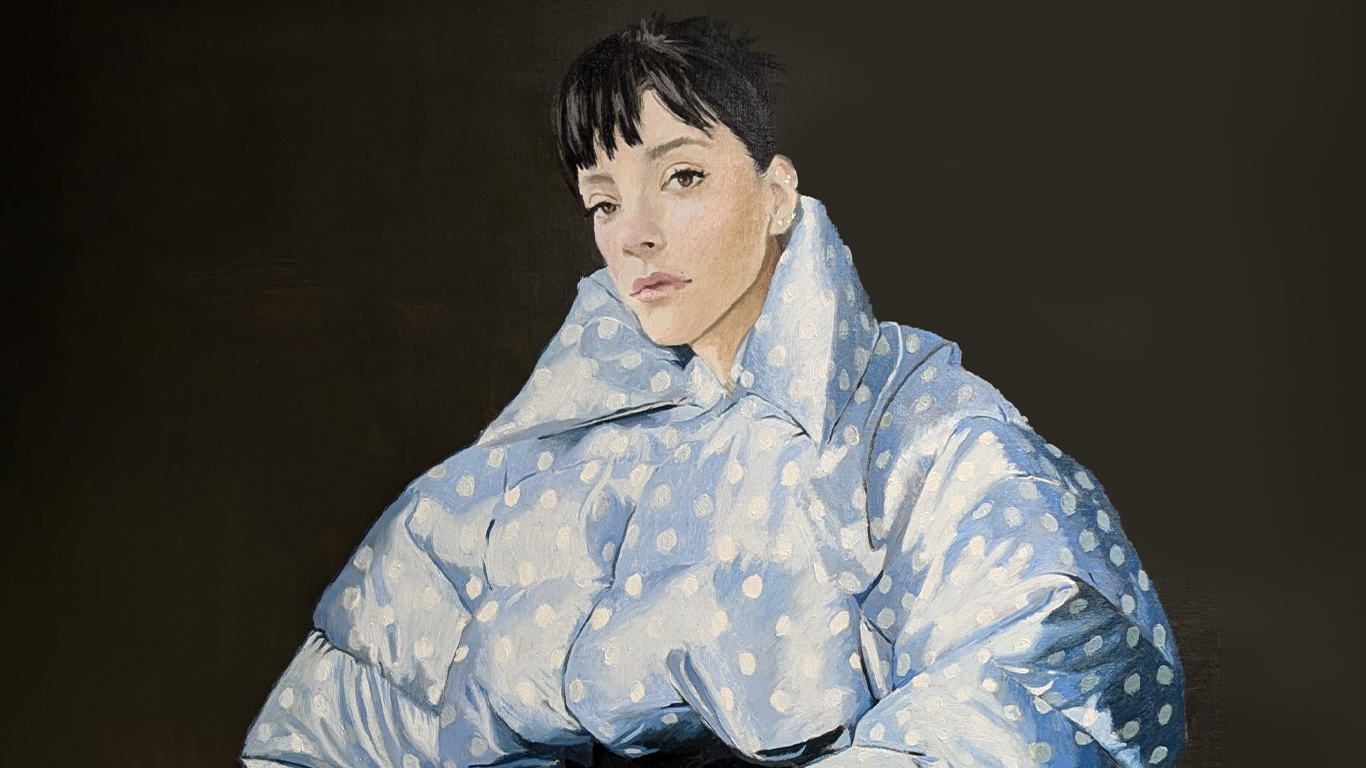
There is always a moment before sound enters the body. A moment where the listener has not yet heard the music, yet has already begun to feel its presence. An album cover contains that moment. It quietly introduces the world that the listener will soon inhabit. With Lily Allen's new album, 'West End Girl', this threshold feels charged and unwavering. The work has been described as raw and unfiltered. A woman speaking plainly about a life lived in public and shaped in private. The artwork that now fronts this new chapter holds all of that complexity within it.
Nieves González, the Spanish artist known for classical oil portraits that blend Baroque chiaroscuro with modern sensibility, was invited to shape the album’s visual identity. Her figures emerge from Baroque pictorial language yet remain firmly of the present. This sense of suspended modernity forms a signature of her practice – a gaze that feels ancient and immediate at once.
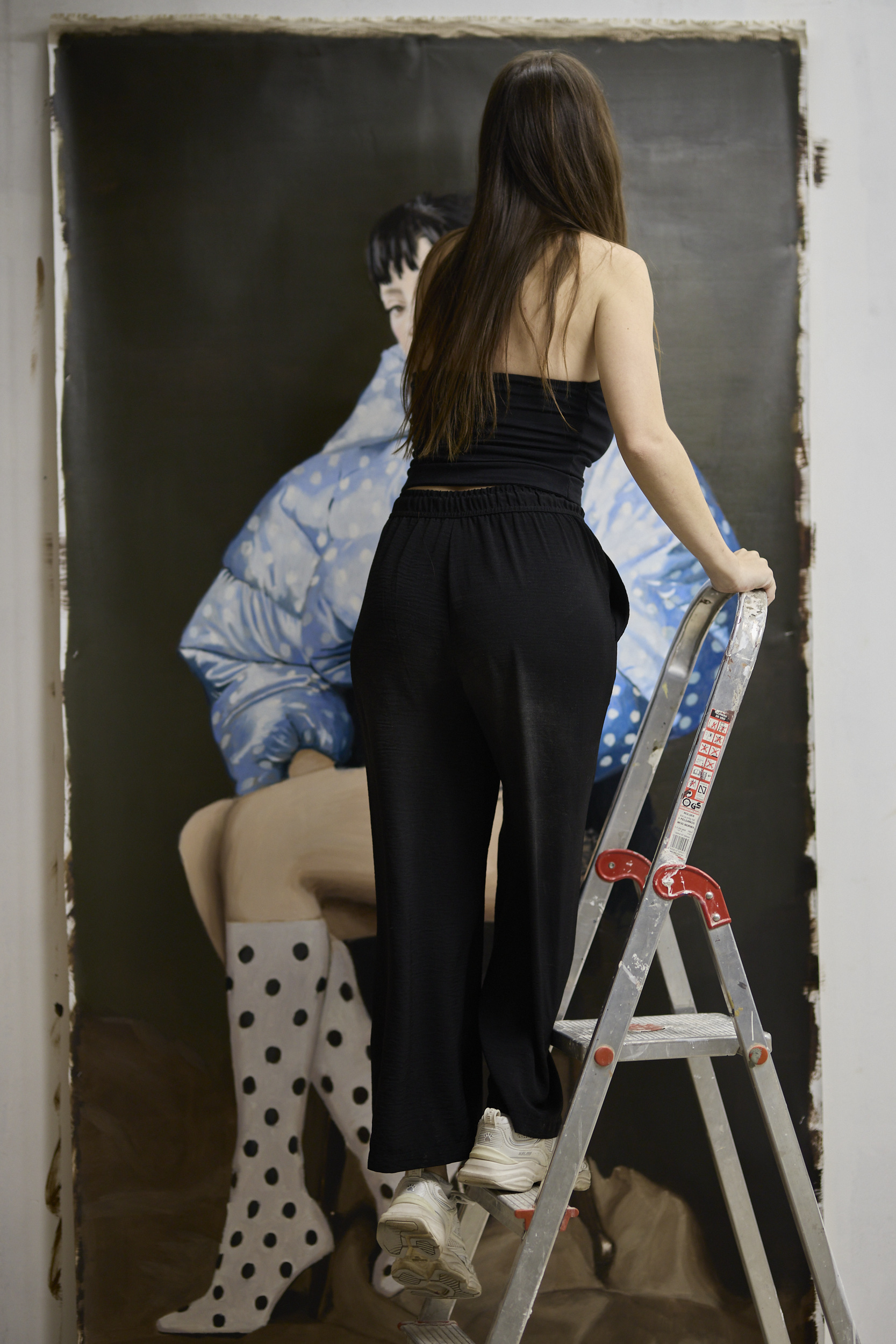
González describes the origin of the collaboration with quiet clarity. 'The project's creative director Leith Clark reached out to me because she felt my work aligned perfectly with her vision for the album's image. I have always dreamed of creating the visual identity for a musical project as music is one of my greatest sources of inspiration. And collaborating with an artist I deeply admire has been truly a privilege.'
Lily Allen has long shaped her artistic life around the act of speaking plainly with perception sharpened by lived experience. Her work moves through private and public memory without seeking to neaten feelings. González approaches image-making in similar ways.
'I have always dreamed of creating the visual identity for a musical project as music is one of my greatest sources of inspiration. And collaborating with an artist I deeply admire has been truly a privilege.'
Nieves González
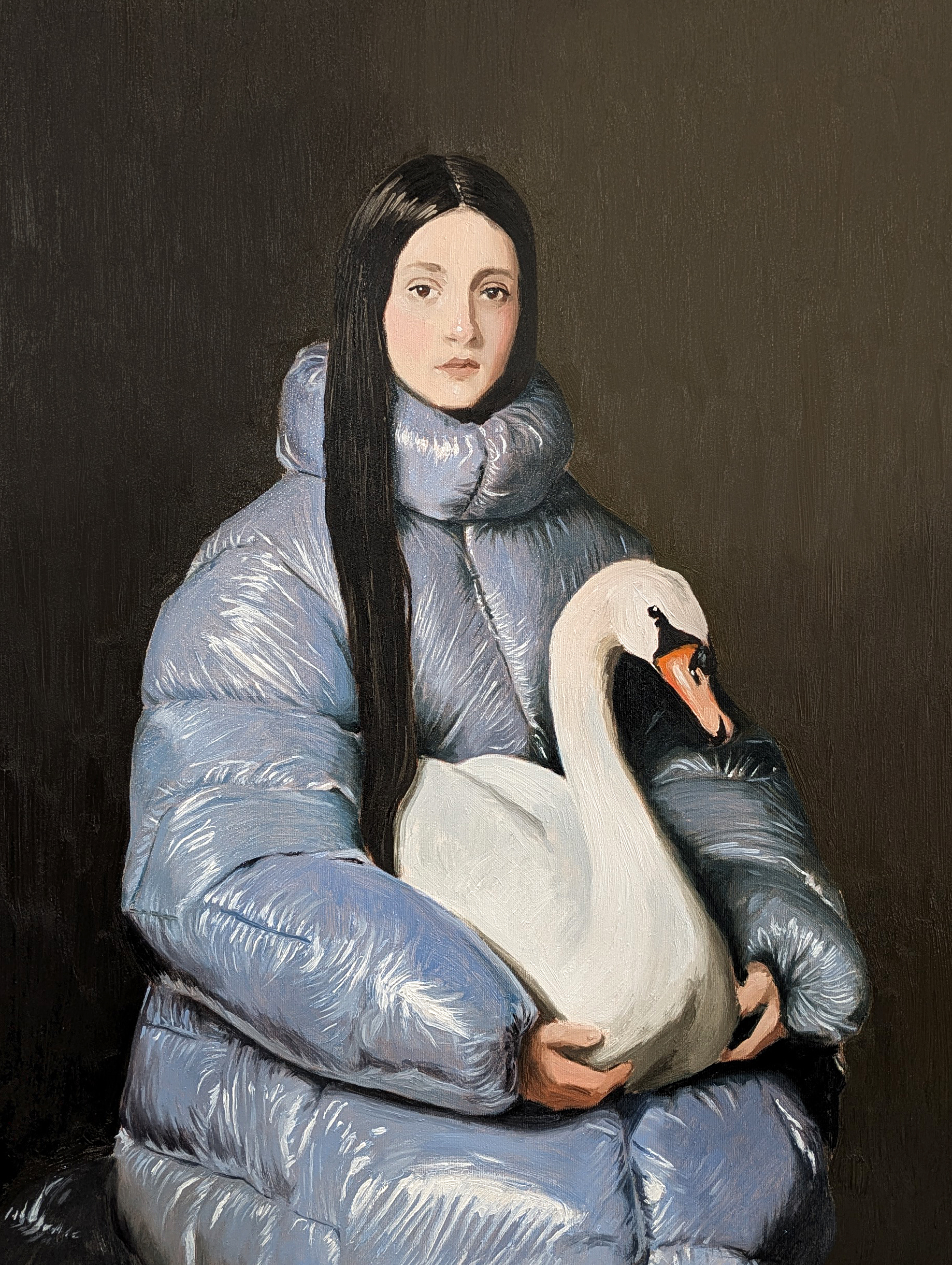
The album artwork depicts Lily in a quilted jacket, seated calmly against a dark background. Her posture is unforced; the light is soft yet unyielding. González says: ‘I wanted to evoke everything that defines a West End Girl and that I also see reflected in Lily – strength, power and wisdom. The intimacy comes from the direct gaze and from the relaxed, almost domestic posture.’
The notion of the 'West End Girl' becomes an emotional anchor – a woman who has lived, learned, and speaks for herself. In this portrait, Allen doesn’t explain, she simply resides.
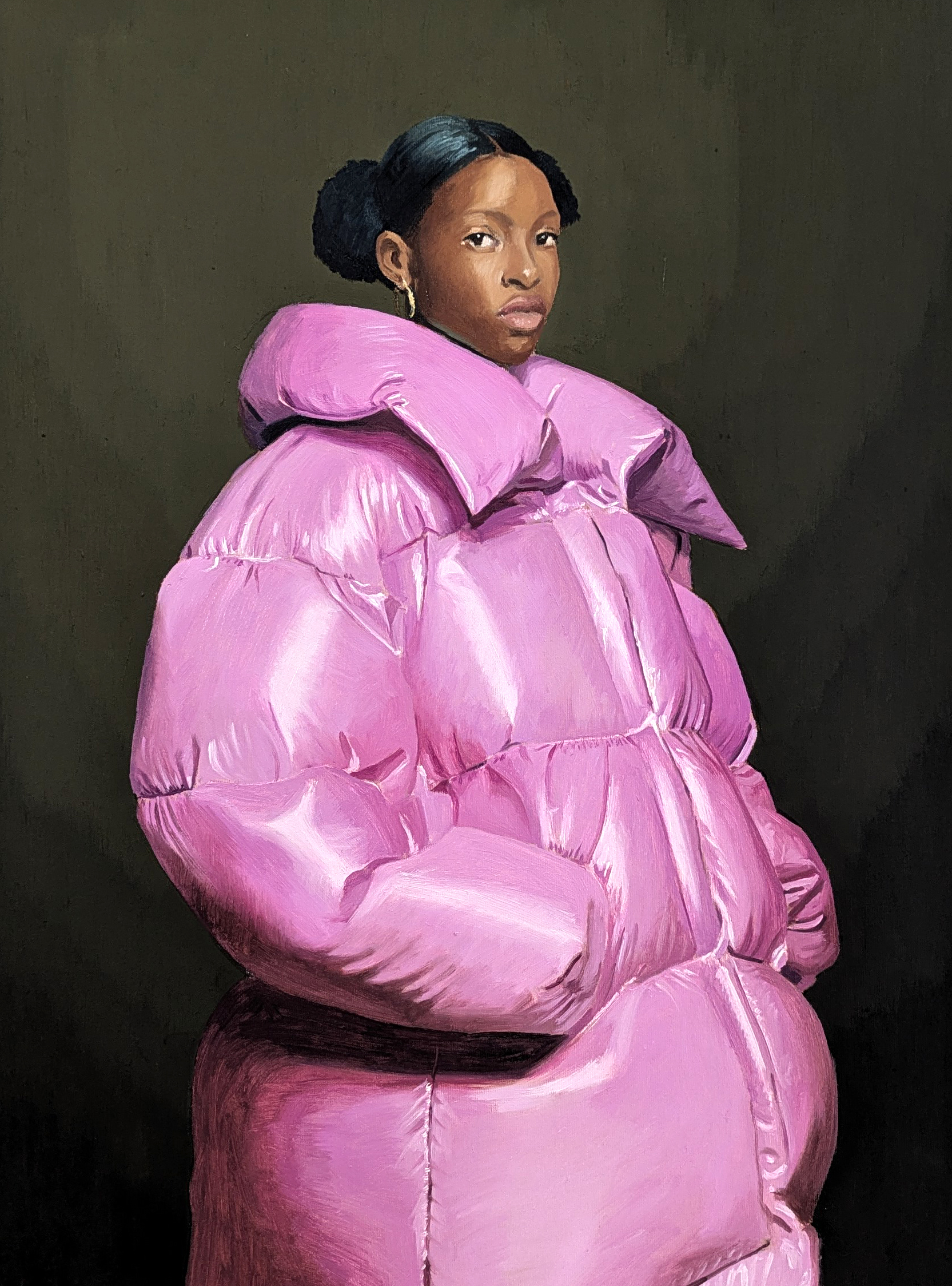
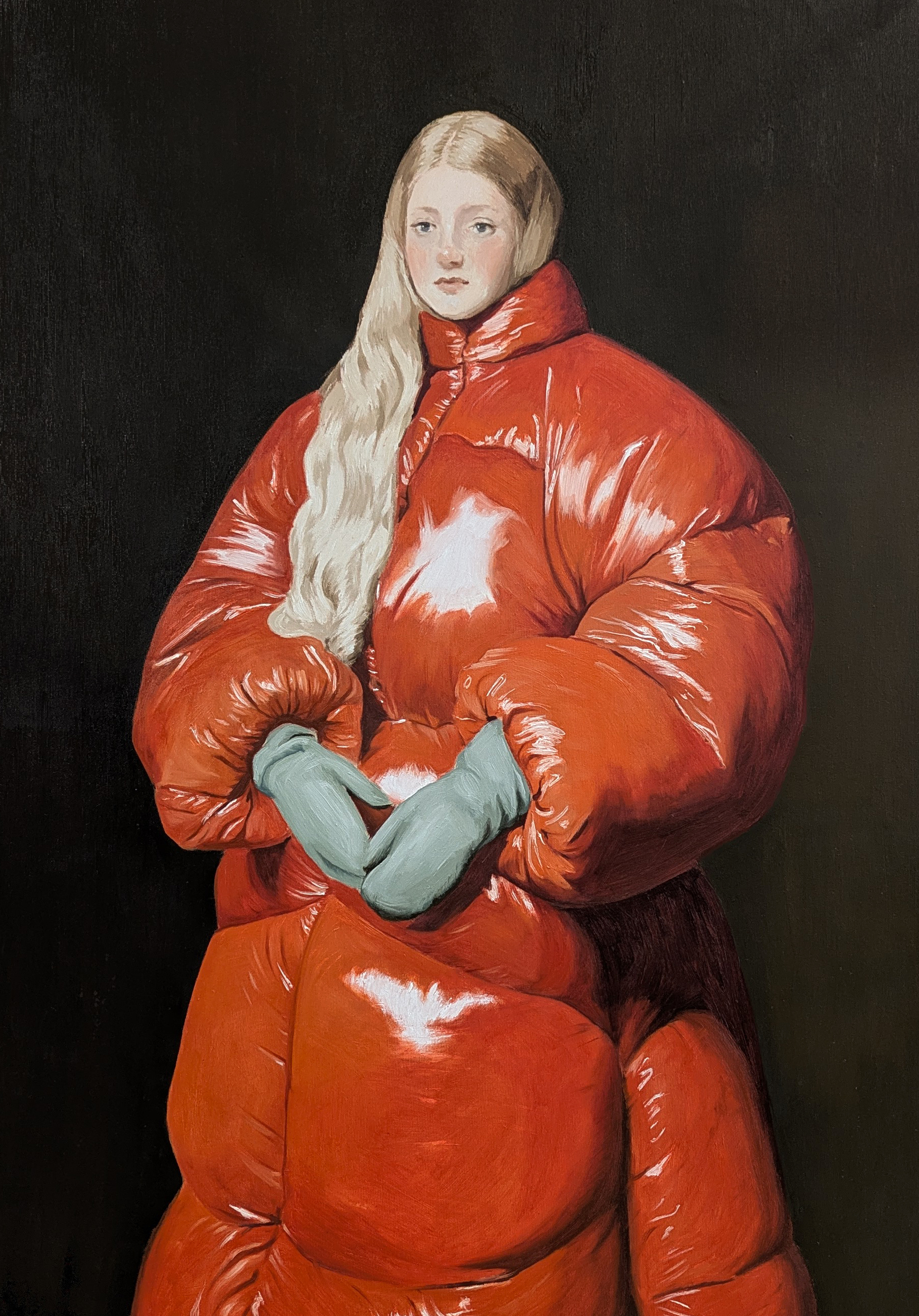
González's engagement with Spanish Baroque is deliberate. The dramatic play of shadow and illumination does not serve grandeur alone; it forms a site where reality and imagination meet. Layers build upon layers; the surface becomes memory. Beneath one gesture lies another. Each mark responds. Each layer questions and transforms. Meaning emerges from accumulation and time.
Receive our daily digest of inspiration, escapism and design stories from around the world direct to your inbox.
This depth is where her collaboration with Lily achieves its potency. The portrait is not an image of a singer, but an image of a person who has stepped into ownership of her narrative. It acknowledges the act of being seen and responds with its own terms.
'My work balances between tradition and innovation, between the recognisable and the unsettling. We were telling the same story; the complexity of being a woman in the present navigating inherited codes while building your own.'
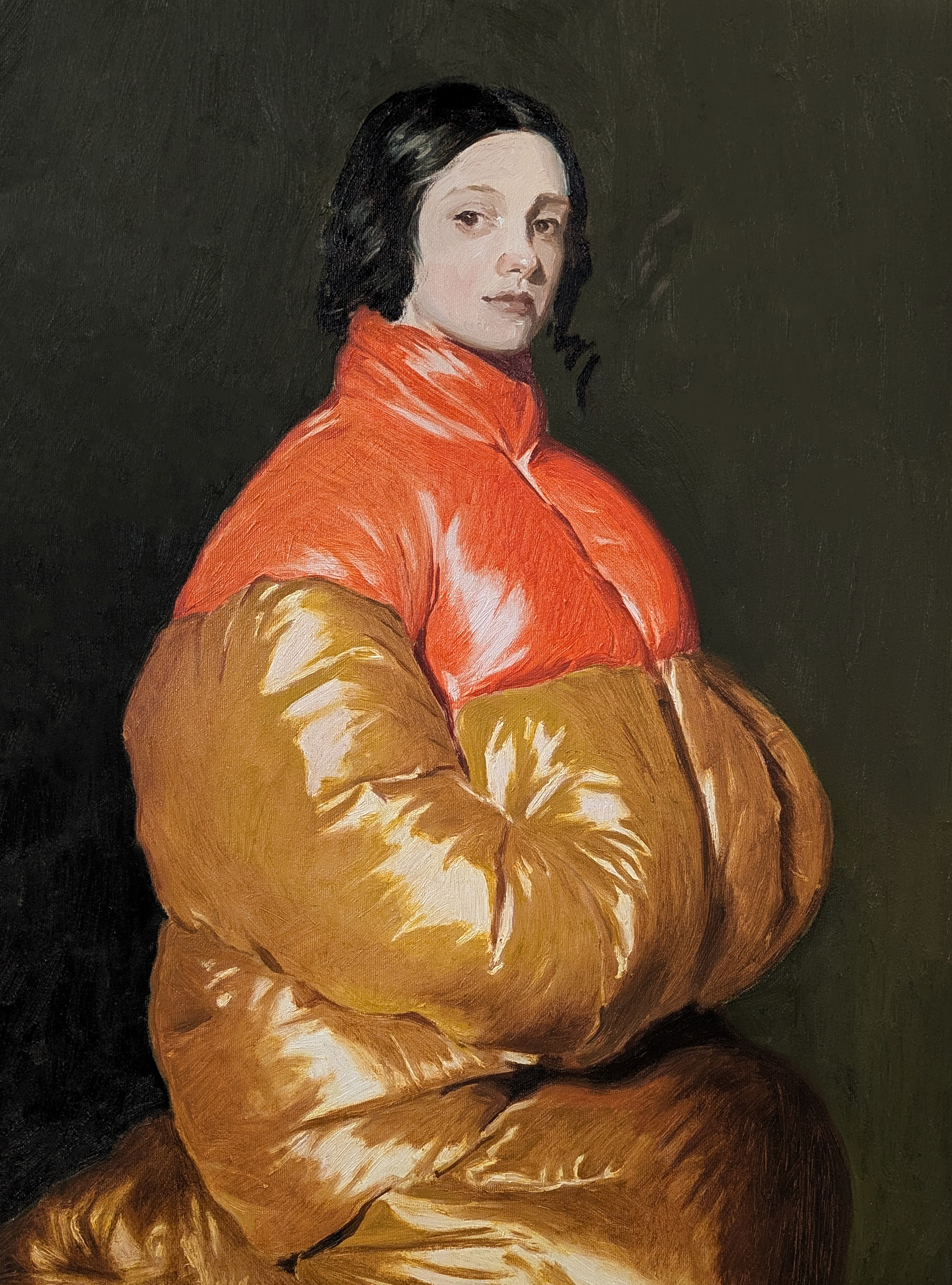
Music and painting hold memory differently – one moves, the other stays still – yet both reveal an interior life. González listens to music constantly while painting: ‘Every sound around me leaves its mark. Music becomes an essential thread through my work.’
When asked how she balanced Lily's narrative with her own visual language, González responded. 'The balance came from recognising that we are working with similar tensions, in different mediums. My work balances between tradition and innovation, between the recognisable and the unsettling. We were telling the same story; the complexity of being a woman in the present navigating inherited codes while building your own.'
The statement is lived not theoretical. It resonates throughout the portrait. Lily sits in a pose echoing centuries of portraiture. Yet the energy now belongs to a woman defined by voice presence and the articulation of experience.
The album's tone has been described as unguarded and visceral. Yet the portrait remains steady.
'I knew the album's name from the beginning and its influence shaped my approach. I portrayed Lily as a powerful modern woman. I did not try to directly illustrate the music; the album's concept informed the energy; a balance between the immediate and the composed between confession and structure.'
The quilted jacket has become one of Nieves González's recurring motifs, appearing in many of her portraits. Soft fabric rendered with exquisite detail – a garment linked to warmth and protection. On Lily, it becomes a statement of presence: a chosen shelter and a form of steadiness.
'I did not try to directly illustrate the music; the album's concept informed the energy; a balance between the immediate and the composed between confession and structure.'
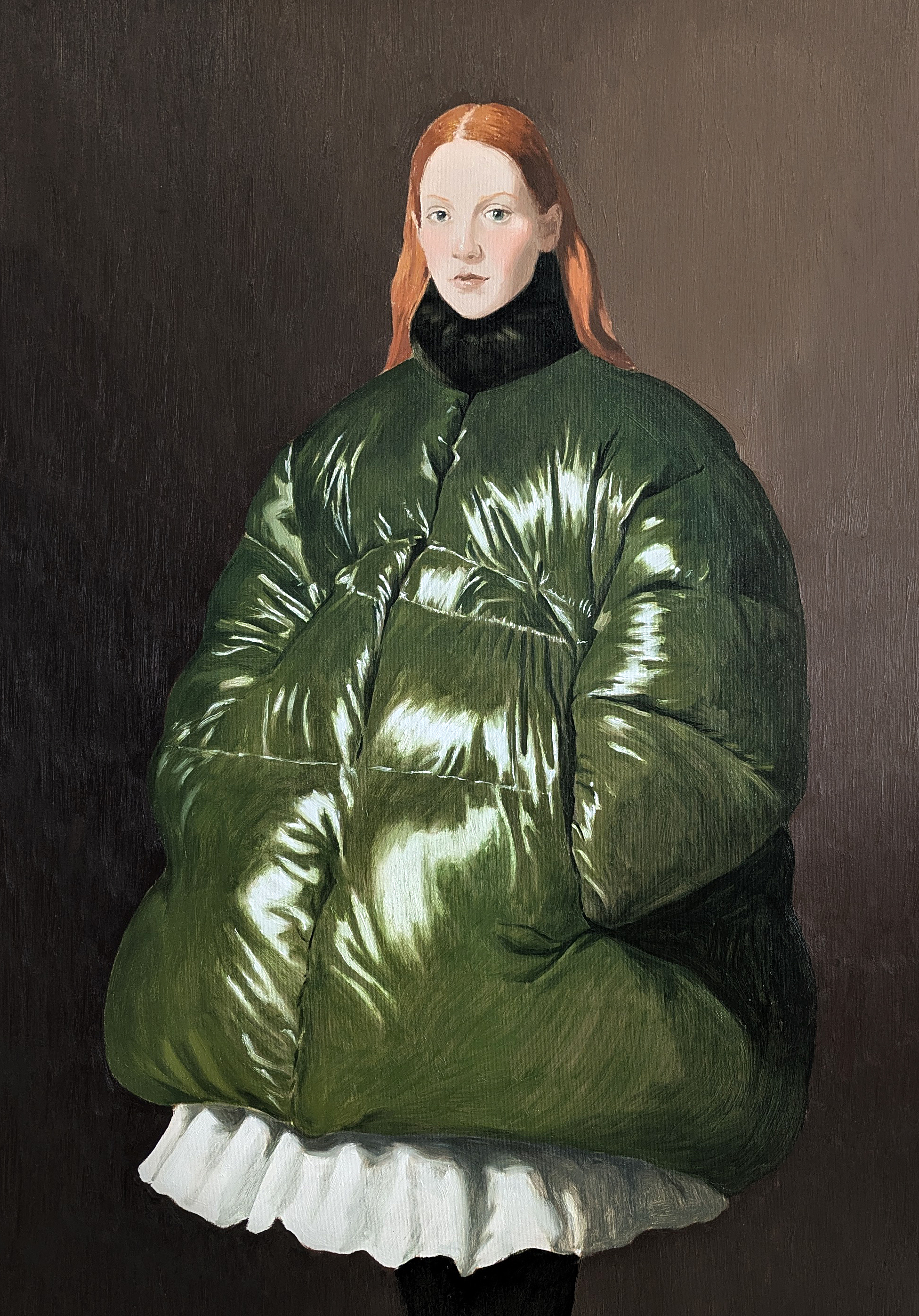
While the album is visceral and candid, the portrait remains composed – steady, grounded, unshowy. It doesn’t perform pain; it sits with experience.
Oil painting is an act of duration. Layer upon layer. González speaks of tactility as truth. In an era defined by instant digital image creation, the decision to foreground the hand holds weight. The painting reminds the viewer that life is lived in time and that experience shapes the surface.
González has spoken of 'wanting the viewer to experience both familiarity and strangeness.' A recognition of humanity – alongside its well-known subject.
González’s painting, like Allen’s music, holds time, texture, and self-possession. It’s not a depiction of a celebrity but a portrait of a woman who defines herself.
It sets the emotional horizon. It teaches the eye how to listen.
Jamilah Rose-Roberts is Wallpaper’s Social Media Editor. Alongside shaping the brand’s social media presence, she writes about the arts with a focus on cultural narratives, the diaspora and contemporary practice. She enjoys meeting artists and designers, visiting exhibitions, and conducting interviews. Her work draws on a background in arts writing and luxury fashion, bringing a curatorial sensibility while expanding conversations around design, culture, and creativity.
-
 At $31.4 million, this Lalanne hippo just smashed another world auction record at Sotheby’s
At $31.4 million, this Lalanne hippo just smashed another world auction record at Sotheby’sThe jaw-dropping price marked the highest-ever for a work by François-Xavier Lalanne – and for a work of design generally
-
 NYC’s first alcohol-free members’ club is full of spirit
NYC’s first alcohol-free members’ club is full of spiritThe Maze NYC is a design-led social hub in Flatiron, redefining how the city gathers with an alcohol-free, community-driven ethos
-
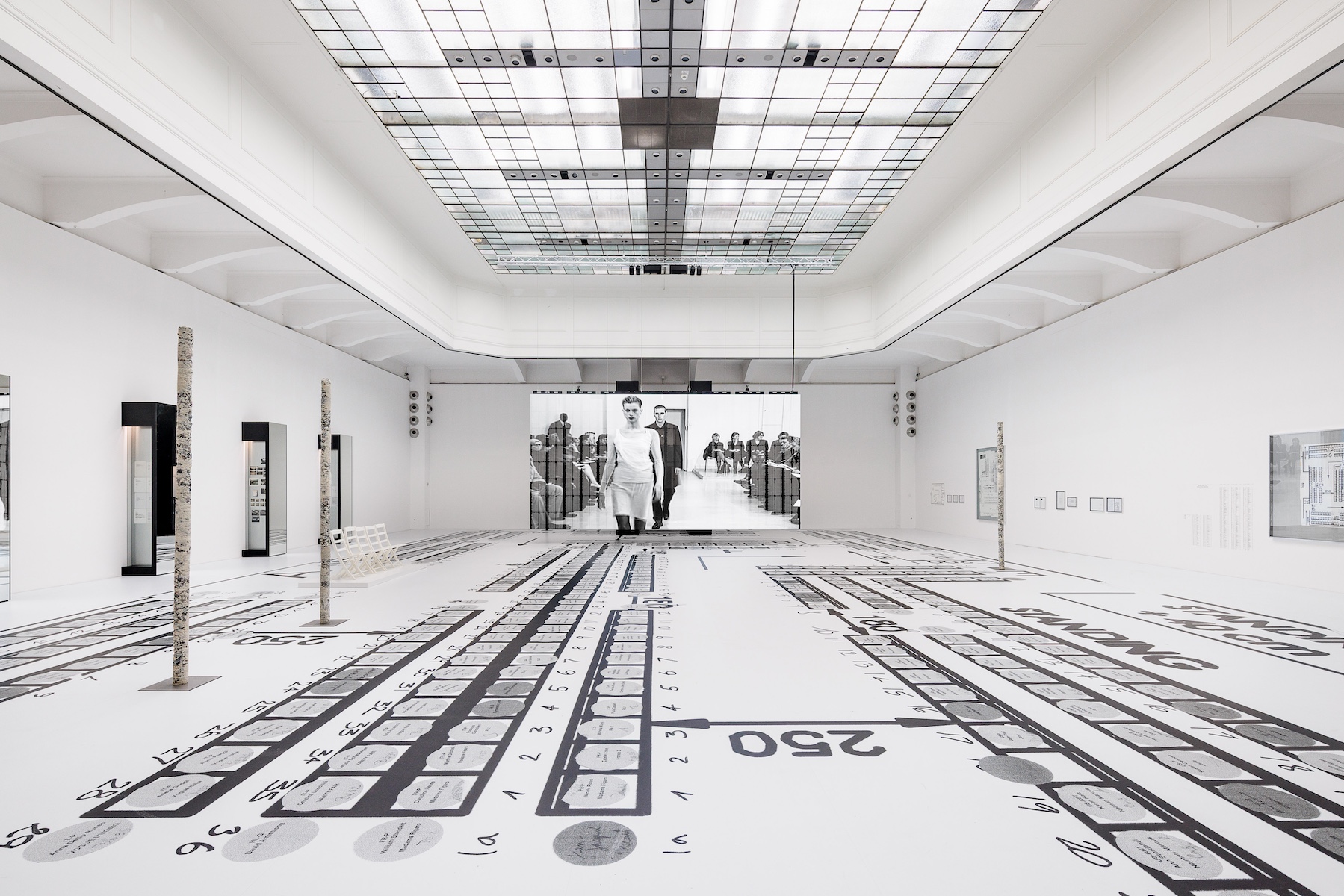 Inside Helmut Lang’s fashion archive in Vienna, which still defines how we dress today
Inside Helmut Lang’s fashion archive in Vienna, which still defines how we dress todayNew exhibition ‘Séance de Travail 1986-2005’ at MAK in Vienna puts Helmut Lang’s extraordinary fashion archive on view for the first time, capturing the Austrian designer-turned-artist’s enduring legacy